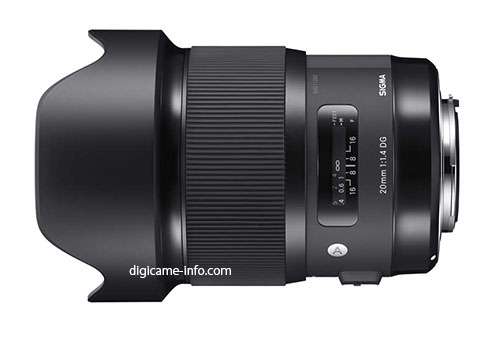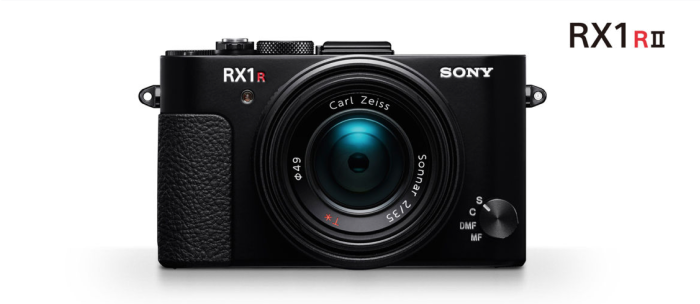New eBay deals: $380 off on FE 70-200mm lens. GH4 for $1069. And more…
A long list of camera and elns deals can be found on eBay Camera page (Click here). A few examples:
$365 off on the Sony FE 70-200mm lens (Click here).
$330 off on the Panasonic GH4 (Click here).
























